Will be piloted in some areas
In the draft Centralized Customs Clearance Model Project, the Customs Department has proposed a roadmap for pilot implementation.
Specifically, from March 1, 2026, it will be deployed at the Customs Branch of Region III (Hai Phong) and the Customs Branch of Region V ( Bac Ninh ). Accordingly, the Customs Branch of Region III will establish a Customs Clearance Team to carry out customs clearance for import and export shipments through the following units: Hai Phong Port Customs Branch of Region 1, Region 2, Region 3 and Dinh Vu Port Customs Branch. The Customs Branch of Region V will establish a Customs Clearance Team to carry out customs clearance for import and export shipments through the following units in the old Bac Ninh province: Bac Ninh Customs, Yen Phong Industrial Park Customs, Tien Son ICD Customs.
From April 1, 2026, the Customs Department will organize assessment and expansion for all border gate Customs and non-border gate Customs in the area of Region III Customs Branch and Region V Customs Branch.
At the same time, from March 1, 2026, at the Customs Branch of Region VIII ( Quang Ninh ), a Customs Clearance Team will be established to carry out customs clearance for import and export shipments at road border gates.
From April 15, 2026 to May 15, 2026, the Customs Department will handle professional problems; review and complete information technology conditions and material facilities at regional Customs Branches; and implement in a rolling manner for the remaining regional Customs Branches. Particularly, the Regional Customs Branch II ( Ho Chi Minh City) will implement from June 1, 2026.
The Customs Department also assigns tasks to its advisory units to complete and submit to competent authorities for signing and promulgation of legal documents guiding implementation or recommending competent authorities to amend and supplement relevant legal documents according to the centralized customs clearance model, ending the submission of paper documents in the customs dossier.
In addition, adjust and upgrade the system to ensure the implementation of customs procedures and the process of checking and re-checking documents according to the new organizational model; survey the proposed location for centralized customs clearance implementation of the regional Customs Branch. Prepare network infrastructure, servers, workstations, security and safety equipment to ensure centralized customs clearance implementation.
At the same time, review, arrange and assign civil servants to the Customs Clearance Team according to task requirements, in accordance with the professional qualifications, capacity, qualities and ethics of civil servants according to regulations; select and arrange working locations and prepare conditions in terms of facilities and working equipment for the Customs Clearance Team to ensure smooth and effective implementation.
Many practical benefits
The Customs Department said that the construction and implementation of a centralized customs clearance model is an objective and urgent requirement in the current period, aiming to implement the policy of reform, modernization and comprehensive digital transformation of the Customs sector, in accordance with the Customs Development Strategy to 2030 approved by the Prime Minister.
Through theoretical research, international experience and pilot results in some localities (such as Mong Cai - Quang Ninh, Hai Phong), the Customs Department affirmed that the centralized customs clearance model brings many practical benefits if successfully implemented. Specifically, the centralized customs clearance model is in line with international trends, being applied by many countries to improve efficiency and transparency in customs management; increase transparency and reduce negativity due to centralized processing, less direct contact between Customs officers and enterprises, thereby reducing negativity and harassment.
The centralized customs clearance model also increases the efficiency of state management of customs by concentrating information and processing at one point, helping to better control and manage import-export activities. In addition, the centralized customs clearance model also limits the risks of smuggling and trade fraud from false declaration of goods names, HS codes, values, origins, etc. thanks to centralized information and a unified control mechanism.
In addition, the fact that enterprises can declare customs at any location without depending on the actual goods gathering location will save time and costs for enterprises such as reducing personnel costs, travel, waiting time, procedures, etc. Moreover, the implementation of the centralized customs clearance model will promote digital transformation and customs modernization due to the need to build a synchronous, nationwide connected information technology system, promote the application of 4.0 technology, increase the use of artificial intelligence, big data to analyze and forecast risks; create a technical - legal foundation for Digital Customs, Smart Customs, in line with international trends and practices of the World Customs Organization (WCO).
The Customs Department emphasized that the Centralized Customs Clearance Model Project is an important shift in management thinking - from decentralized to centralized, from manual to electronic and from management to service, ensuring both strict control and maximum facilitation for trade.
Source: https://baophapluat.vn/tu-ngay-1-3-2026-du-kien-thi-diem-mo-hinh-thong-quan-tap-trung.html







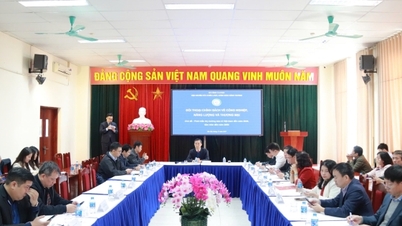















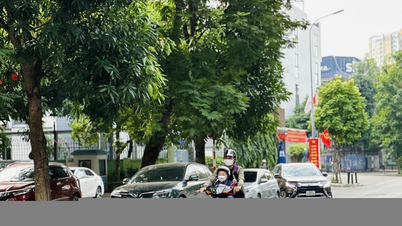


![[Photo] The Standing Committee of the Organizing Subcommittee serving the 14th National Party Congress meets on information and propaganda work for the Congress.](https://vphoto.vietnam.vn/thumb/1200x675/vietnam/resource/IMAGE/2025/11/19/1763531906775_tieu-ban-phuc-vu-dh-19-11-9302-614-jpg.webp)
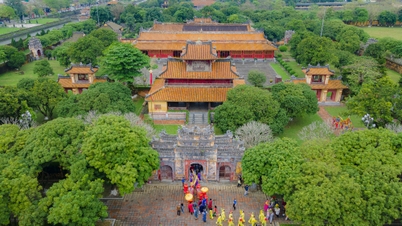

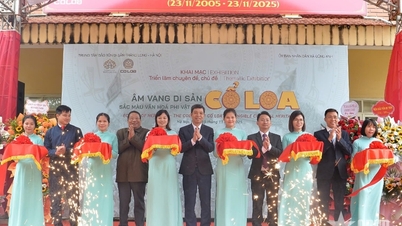












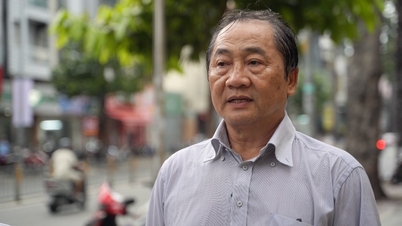
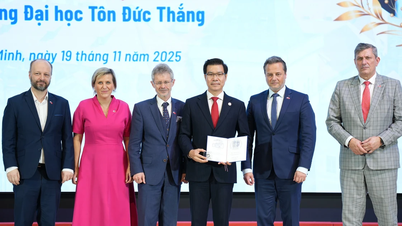








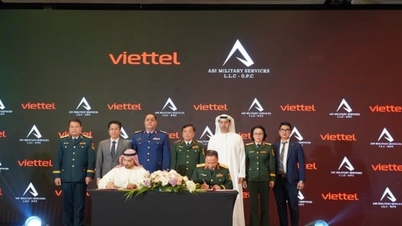
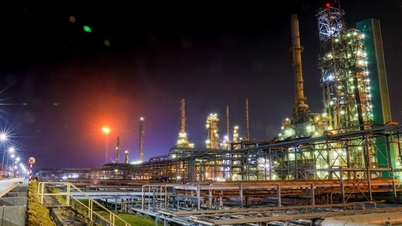










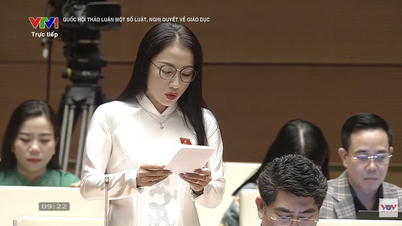






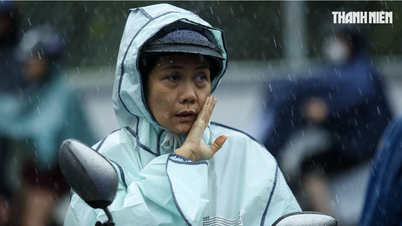
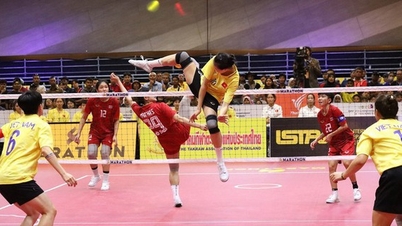




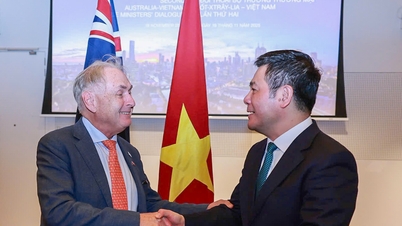
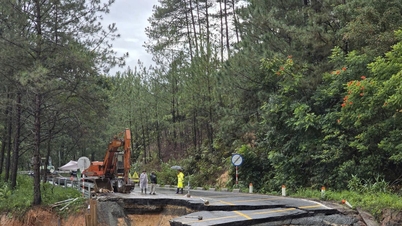


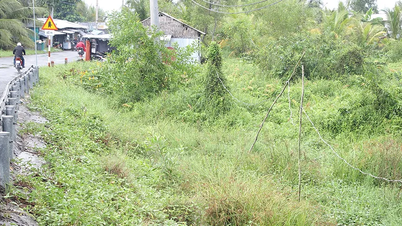


















Comment (0)